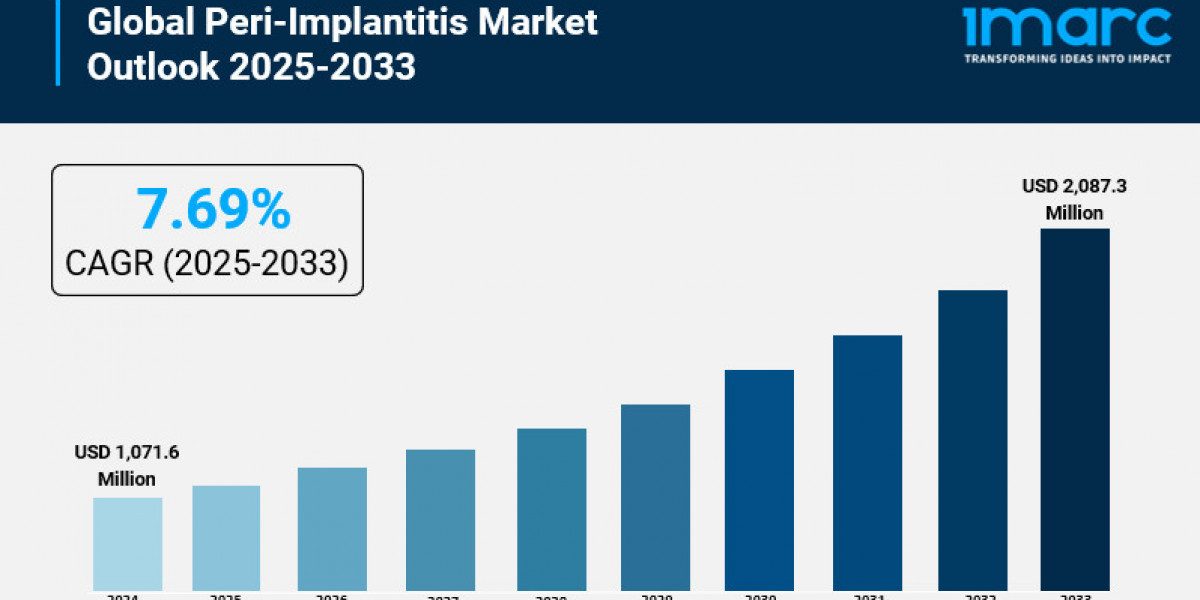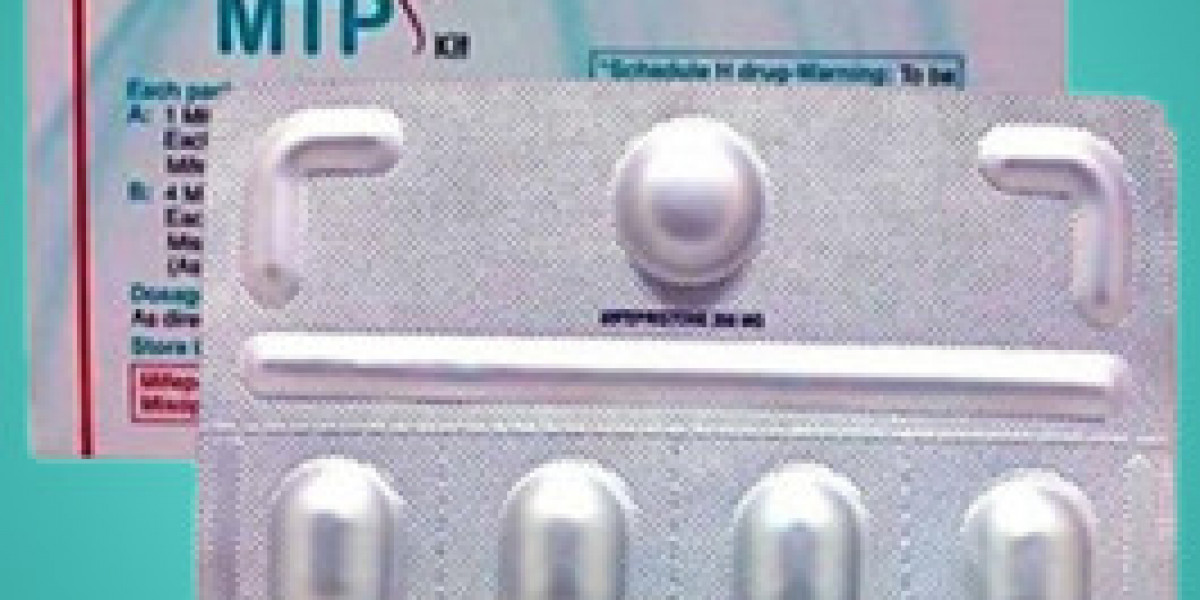Market overview
The global diabetes devices market size was valued at USD 30.84 billion in 2024. The market is projected to grow from USD 33.32 billion in 2025 to USD 67.39 billion by 2034, exhibiting a CAGR of 8.1% during 2025–2034.
Market maturity varies by segment. CGMs and automated insulin delivery systems are rapidly moving from early adopter niches into broader mainstream use in many high-income markets, while traditional blood glucose meters and insulin delivery consumables continue to account for a majority of unit volumes globally. Meanwhile, software and data services—analytics, virtual coaching, integration with electronic health records (EHRs) and reimbursement-focused evidence generation—are creating new recurring revenue streams and strengthening vendor relationships with payers and healthcare systems.
Key market growth drivers
- Rising global diabetes prevalence and diagnosis rates. The increasing number of people diagnosed with both type 1 and type 2 diabetes boosts baseline demand for monitoring and insulin delivery devices. Earlier detection programs and screening initiatives expand the addressable population for diagnostic and monitoring technologies.
- Technological innovation and product convergence. Advances in sensor accuracy, longer sensor wear times, miniaturized pump hardware and algorithms that enable closed-loop control are making devices more effective and user friendly. Interoperability and cloud connectivity allow devices to integrate with telehealth platforms — enhancing chronic disease management.
- Improved reimbursement and care model adoption. In several regions, payers and health systems are adopting outcomes-based reimbursement and remote monitoring allowances that favor continuous monitoring and automated delivery systems. Demonstrated reductions in hypoglycemia, hospital admissions and improved A1c outcomes are encouraging broader coverage.
- Patient preference for convenience and quality of life improvements. Growing patient demand for less invasive monitoring, fewer daily burdens (fewer fingersticks, less manual dosing), and devices that provide actionable, real-time guidance drives uptake—especially among younger, tech-savvy populations.
Market challenges
- Cost and affordability barriers. Advanced technologies such as CGMs and closed-loop pumps carry higher upfront and ongoing costs relative to traditional meters and syringes. In many low- and middle-income countries, cost remains a major barrier to scale, limiting penetration to insured or higher-income cohorts.
- Reimbursement variability and fragmented regulatory landscapes. Inconsistent reimbursement policies between and within countries slow adoption. Regulatory requirements for software as a medical device (SaMD), data privacy, and device interoperability also increase time-to-market and development costs for manufacturers.
- Integration and data management hurdles. While connectivity is a strength, disparate device ecosystems, proprietary data formats and EHR integration challenges can frustrate clinicians and patients. Secure data sharing, standardized APIs and clinical workflow alignment are still works in progress.
- User training, adherence and human factors. Even the most advanced devices require user education and ongoing support. Device alarms, calibration needs (where applicable), and wear-related issues (skin irritation, adhesion) can reduce real-world adherence and blunt clinical benefits.
Regional analysis
North America: North America is a leading region in terms of revenue and advanced device adoption. Strong payer coverage for CGMs and growing acceptance of automated insulin delivery systems among endocrinologists and diabetes clinics drive premium device uptake. Well-established distribution channels and high per-capita healthcare spending support a dynamic innovation ecosystem.
Europe: Western Europe exhibits high adoption of CGMs and insulin pumps, aided by national guidelines and improving reimbursement in several countries. Central and Eastern Europe show mixed uptake due to affordability and reimbursement variation, though pilot programs and international procurement efforts are beginning to close gaps.
Asia Pacific: The Asia Pacific region presents a dual narrative—rapid market expansion in higher-income markets (Japan, South Korea, Australia) and strong volume potential in China and India as diagnosis rates rise. Cost sensitivity and infrastructure differences mean manufacturers often pursue tiered product strategies and local partnerships to scale. Telemedicine integration is particularly promising in parts of Southeast Asia.
Latin America: Market growth is steady but constrained by affordability and fragmented payer systems. Private insurance pools in urban centers support higher-end device adoption, while public systems focus on basic diagnostics and medicines. Local distribution partnerships and targeted patient education programs are common routes to expansion.
Middle East & Africa: Uptake is variable—some Gulf Cooperation Council (GCC) countries show high per-capita device adoption because of strong healthcare investment, while many African nations remain underserved. Donation programs, international aid partnerships and tiered pricing will be important to broaden access.
Browse Full Insights:
https://www.polarismarketresearch.com/industry-analysis/global-diabetes-device-market
Key companies
- Abbott Diabetes Care
- B Braun Melsungen AG
- Biocorp
- DexCom, Inc.
- Johnson & Johnson
- GlucoModicum
- LifeScan Inc.
- Medtronic PLC
- Molex
- Novo Nordisk
- Phillips-Medisize
- Roche Diabetes Care
- Senseonics, Inc.
- Tandem Diabetes Care, Inc.
Conclusion
The Diabetes Devices market stands at an inflection point: proven clinical benefits of continuous monitoring and automated delivery are converging with stronger payer interest and patient demand for simplified care. The path forward will be shaped by how well manufacturers balance innovation with affordability, demonstrate real-world outcomes to payers, and build interoperable ecosystems that integrate seamlessly into clinical workflows. Regions with aligned reimbursement, clinician education and patient support programs will capture early gains, while targeted strategies are needed to close access gaps in lower-income markets. As technologies continue to mature, the market is likely to expand both in depth—through advanced closed-loop systems and analytics—and in breadth, by reaching patients who previously lacked access to continuous, connected diabetes care.
More Trending Latest Reports By Polaris Market Research:
Drinking Water Adsorbents Market
Bake Your Favorite Desserts with Whipping Cream Powder Market
Tissue engineering and biomaterial-based regenerative medicine market
Protein A, G, and L Resins Market







